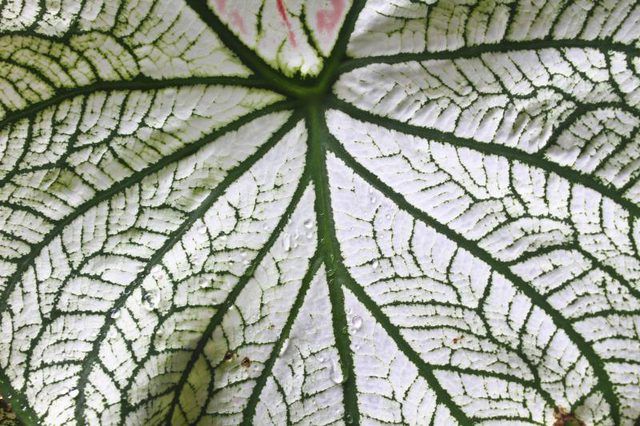Bulbs
Flower Basics
Flower Beds & Specialty Gardens
Flower Garden
Garden Furniture
Garden Gnomes
Garden Seeds
Garden Sheds
Garden Statues
Garden Tools & Supplies
Gardening Basics
Green & Organic
Groundcovers & Vines
Growing Annuals
Growing Basil
Growing Beans
Growing Berries
Growing Blueberries
Growing Cactus
Growing Corn
Growing Cotton
Growing Edibles
Growing Flowers
Growing Garlic
Growing Grapes
Growing Grass
Growing Herbs
Growing Jasmine
Growing Mint
Growing Mushrooms
Orchids
Growing Peanuts
Growing Perennials
Growing Plants
Growing Rosemary
Growing Roses
Growing Strawberries
Growing Sunflowers
Growing Thyme
Growing Tomatoes
Growing Tulips
Growing Vegetables
Herb Basics
Herb Garden
Indoor Growing
Landscaping Basics
Landscaping Patios
Landscaping Plants
Landscaping Shrubs
Landscaping Trees
Landscaping Walks & Pathways
Lawn Basics
Lawn Maintenance
Lawn Mowers
Lawn Ornaments
Lawn Planting
Lawn Tools
Outdoor Growing
Overall Landscape Planning
Pests, Weeds & Problems
Plant Basics
Rock Garden
Rose Garden
Shrubs
Soil
Specialty Gardens
Trees
Vegetable Garden
Yard Maintenance
How to Store Elephant Ear & Caladium Bulbs During Winter
How to Store Elephant Ear & Caladium Bulbs During Winter. Elephant ears (Colocasia spp.) and caladiums (Caladium bicolor) are subtropical and tropical plants that work well a lush backdrop in partial to full shade gardens. The plants die back in fall, going dormant and conserving their energy for new growth in spring. When fall arrives, you can dig...

Elephant ears (Colocasia spp.) and caladiums (Caladium bicolor) are subtropical and tropical plants that work well a lush backdrop in partial to full shade gardens. The plants die back in fall, going dormant and conserving their energy for new growth in spring. When fall arrives, you can dig the tubers up and store them in a warm, dark location for the winter.
Digging Up the Tubers
As summer winds down to fall and the leaves turn yellow and begin to fall over, dig up the tubers. Put on shoes, gloves and safety glasses to protect your feet, skin and eyes as you dig. Use a garden fork or shovel to carefully dig up the tubers. Leave a generous amount of soil around each tuber to avoid damaging it. Do not remove the foliage. Shake off the soil and place the tubers in a warm, dry spot for one to two weeks to dry. Use caution when handling the tubers, as they contain oxalate crystals which irritate mucous membranes and skin. They may also cause a skin reaction in sensitive individuals.
Storing the Tubers
When the outside of the elephant ear or caladium tubers are dry and the foliage is dry and dead, brush off any remaining soil and gently pull off the remaining foliage. Place the tubers in mesh bags, paper bags or a box filled with dry sphagnum moss, which help prevent accumulation of moisture or condensation in storage. If you have several varieties, organize the tubers by color to help when planting your spring garden. Put the bags of tubers in a warm, dark spot for up to six months, where temperatures remain between 55 and 60 degrees Fahrenheit.
Overwintering the Tubers Outdoors
Elephant ears are native to the tropical regions of eastern Asia and grow in U.S. Department of Agriculture plant hardiness zones 8 through 10. Caladiums are native to northern South America and grow in the warmer climates of USDA zones 9 through 10. If the elephant ears or caladiums are planted in a sheltered, well-draining location within their hardiness zones, you can leave them in the ground for the winter. Heap 4 to 6 inches of mulch over the garden bed to protect the tubers from frost. If the garden bed retains water, the tubers may rot in the wet soil.
Overwintering Potted Plants
While elephant ears are generally too large to take indoors, unless you have a large sunroom, caladiums may also be overwintered indoors by taking container plants indoors and placing them in a warm, brightly lit area. Add a warm steam humidifier nearby to keep the humidity around the plants high. When the leaves die back, stop watering and place the flowerpot in a warm, dark location so the tubers can go dormant for the winter. Resume watering when new growth appears in spring.
Replanting the Tubers
When spring arrives, plant the tubers in flowerpots four to six weeks before the last frost date or wait to plant outdoors until temperatures rise above 70 F. Plant the tubers in a moist, well-draining soil, with the tuber 1 1/2 to 2 inches below the soil. Place potted plants in a brightly lit location but avoid direct sun. Whether in a flowerpot or planted in the garden, keep the soil evenly moist and fertilize after watering with an all-purpose 20-20-20 or 24-8-16 liquid fertilizer at a rate of 1 tablespoon in 1 gallon of water. Apply 1 gallon of fertilizer solution to 10 square feet of soil every seven to 14 days.